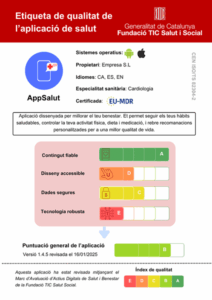The text is as follows:
The issue of lone working persists as a concern in terms of safety and occupational well-being. Present in sectors such as private security, surveillance of remote facilities, or maintenance of infrastructure in isolated areas, this type of work represents significant risks that require attention. Quiron Prevención, a leader in occupational health, emphasizes the need to implement safety and communication protocols to mitigate these dangers.
The National Institute of Safety and Health at Work defines lone working as work carried out without company, in places where communication is not easily accessible without special devices. Despite the lack of specific regulation in Spain for this modality, the Law on Occupational Risk Prevention and the guidelines of Technical Note for Prevention 344 are applied. This regulation aims to reduce the hazards of working without companionship.
Companies in sectors where isolated work is common must ensure the safety of their employees through various measures, such as the presence of preventive resources in high-risk activities. Furthermore, it is vital to establish effective communication procedures and have immediate alerts, especially in jobs involving dangerous machinery, chemicals, or confined spaces.
Quiron Prevención highlights the need for clear communication protocols so that workers can request help in case of emergency. The use of devices such as phones and radios is essential to keep communication channels open. Additionally, the use of verticality and motion sensors that alert about the worker’s immobility or loss of consciousness is suggested.
In private security, where isolation is compounded by threats such as theft or assaults, it is crucial to have a solid support system. Supervisor visits and regular check-in calls are effective strategies to reduce physical risks and the psychological impact of isolation.
Technology plays an essential role in improving occupational safety in these environments. Advanced communication applications and networks allow real-time remote support, mitigating the feeling of loneliness and improving worker efficiency. The integration of these tools, along with ongoing training in safety and stress management, is essential to protect employees from the challenges of lone working.
via: MiMub in Spanish










